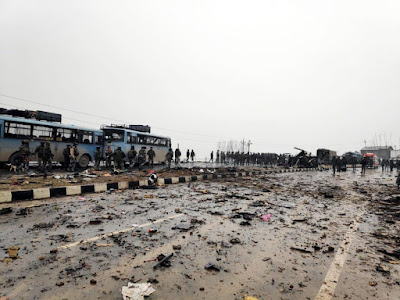Narendra Damodardas Modi is
an Indian politician serving as the 14th and
current Prime Minister of India since 2014.
He was the Chief Minister of Gujarat from
2001 to 2014, and is the Member of Parliament for Varanasi. Modi is a member
of the Bharatiya Janata Party (BJP) and
the Rashtriya Swayamsevak Sangh(RSS).
Born
to a Gujarati family in Vadnagar, Modi helped his father sell tea as a child and later
ran his own stall. He was introduced to the RSS at the age of eight, beginning
a long association with the organisation. He left home after graduating from
school, partly because of an arranged
marriage which he rejected. Modi travelled around India for two
years and visited a number of religious centres.He returned to Gujarat and
moved to Ahmedabad in 1969 or 1970. In 1971 he became a full-time
worker for the RSS. During the state of emergency imposed across the
country in 1975, Modi was forced to go into hiding. The RSS assigned him to the
BJP in 1985, and he held several positions within the party hierarchy until
2001, rising to the rank of General Secretary.
Narendra Modi was born on 17
September 1950 to a family of grocers in Vadnagar, Mehsana
district, Bombay State (present-day Gujarat).
He was the third of six children born to Damodardas Mulchand Modi (c.1915 –
1989) and Hiraben Modi (born c.1920). Modi's
family belonged to the Modh-Ghanchi-Teli (oil-presser) community, which is categorised
as an Other Backward Classby the Indian
government.
As
a child, Modi helped his father sell tea at the Vadnagar railway station and later
ran a tea stall with his brother near a bus terminus. Modi completed his higher secondary education in
Vadnagar in 1967, where a teacher described him as an average student and a
keen debater, with interest in theatre. Modi had an early gift for rhetoric in
debates, and his teachers and students noted this. Modi preferred playing
larger-than-life characters in theatrical productions, which has influenced his
political image.
When
eight years old, Modi discovered the Rashtriya Swayamsevak Sangh (RSS) and
began attending its local shakhas (training
sessions). There, Modi met Lakshmanrao Inamdar, popularly known as Vakil
Saheb, who inducted him as a balswayamsevak (junior
cadet) for RSS and became his political mentor. While Modi was training
with the RSS, he also met Vasant Gajendragadkar and Nathalal Jaghda, Bharatiya Jana Sangh leaders who were
founding members of the BJP's Gujarat unit in 1980.Engaged while still a
child to Jashodaben, a girl from a family who lived close by, Modi
rejected the arranged marriage at the same time he graduated from high school. The
resulting familial tensions contributed to his decision to leave home in 1967
Modi spent
the ensuing two years travelling across Northern and North-eastern India,
though few details of where he went have emerged. In interviews, Modi has described visiting Hindu
ashrams founded by Swami
Vivekananda: the Belur
Math near Kolkata, followed by the Advaita
Ashrama in Almora and the Ramakrishna Mission in Rajkot. Modi remained only a short time at each, since he lacked
the required college education. Vivekananda has been described as a
large influence in Modi's life.





No comments:
Post a Comment